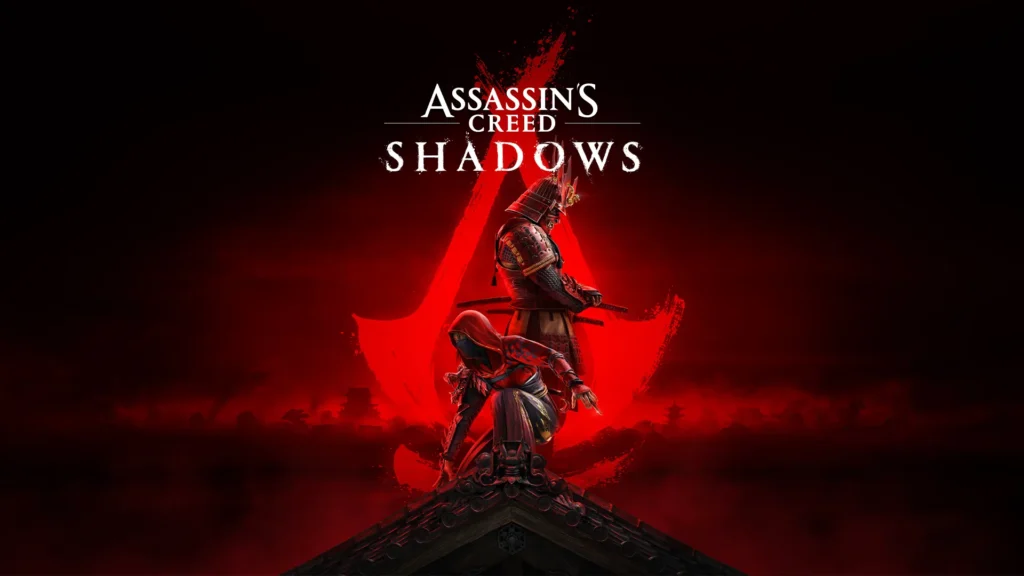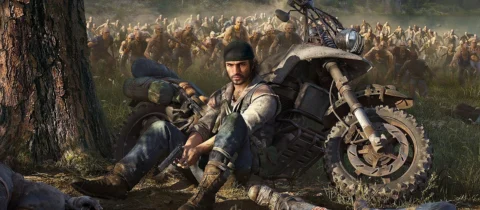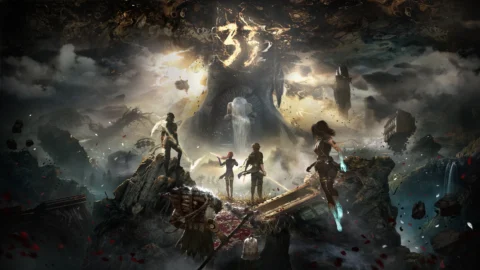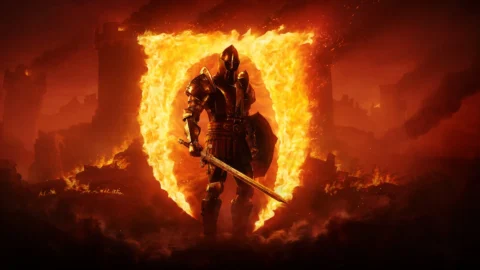It’s finally here! The Assassin’s Creed game that fans have desired for a long time, even before its name or development team was known. Assassin’s Creed Shadows finally brings the series’ fast-paced parkour and stealth-action gameplay to the setting of Feudal Japan. The game is set specifically in 1579, during the end of the Sengoku period – a time marked by civil wars and societal turmoil.
Dual Protagonists: Naoe and Yasuke
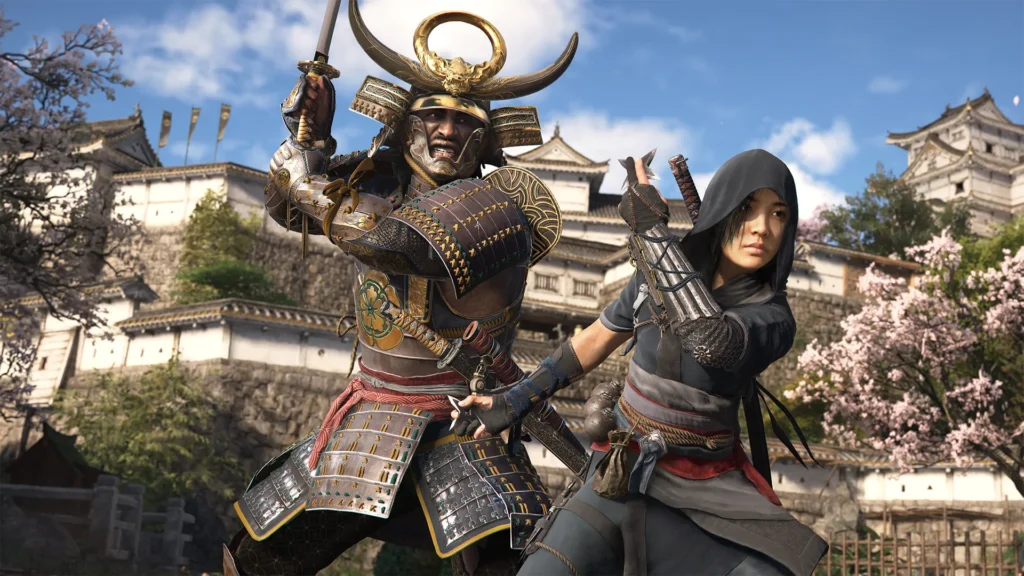
Shadows features two main protagonists: Naoe and Yasuke. These are two vastly different lives, united by a shared cause. Naoe embodies the classic mechanics of the series: she is a master of stealth, easily scales buildings, performs parkour, and quickly eliminates enemies before disappearing into the shadows. Yasuke, conversely, prefers a more direct approach. Playing as him, you can break down doors and crush both small and large opponents with brute force, wielding massive weapons.
Gameplay Duality: Stealth and Strength
The choice of two protagonists seems to reflect Ubisoft’s aim to please both long-time fans of the classic games and enthusiasts of the later RPG titles in the series. Overall, this approach pays off – Assassin’s Creed Shadows offers some of the most refined and engaging gameplay in years. However, the presence of two such distinct styles sometimes makes the game feel slightly unfocused.
Origins and the First Act
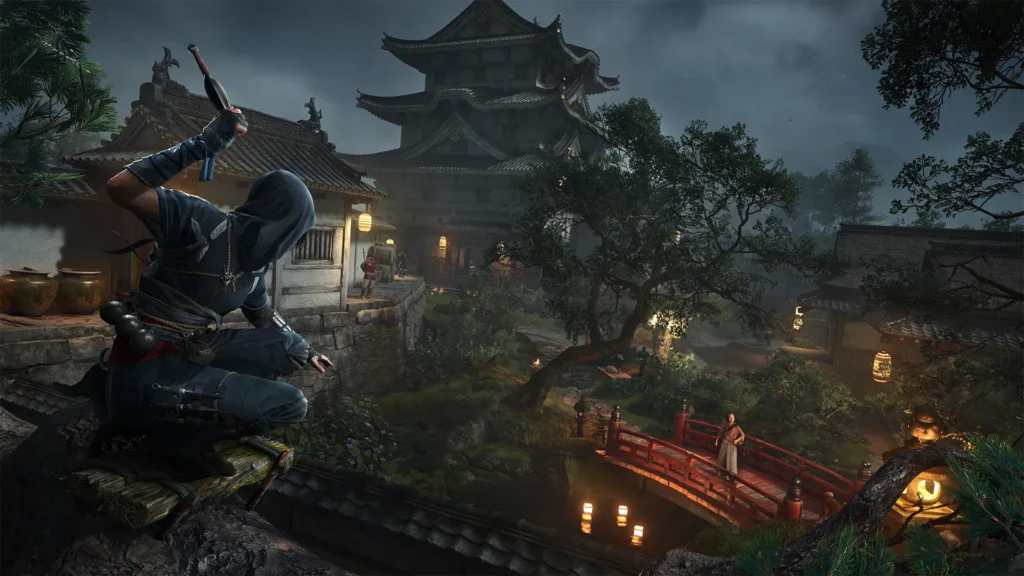
The story of Assassin’s Creed Shadows begins with the history of Yasuke, then known as Diogo, and his path to serving the powerful feudal lord Oda Nobunaga. He transitions from Portuguese Jesuit priests, where he served as a bodyguard, to the status of Nobunaga’s retainer – a samurai commander. The narrative then shifts to Naoe, daughter of Fujibayashi Nagato, a high-ranking ninja of the Iga clan. We follow her journey from apprentice to a full-fledged ninja as circumstances force her hand. The entire first act of the game is dedicated to Naoe, and you explore only the Izumi Settsu region to get a taste of the open world mechanics and both gameplay aspects (although Yasuke appears later in this act). Only after Yasuke rejoins the story does the full map open up, granting you the ability to freely switch between the characters.
One could say Yasuke is your sword, while Naoe is your dagger.
Naoe vs. Yasuke: A Gameplay Comparison
It’s understandable why Ubisoft chose this structure: Naoe perfectly embodies the core tenets of Assassin’s Creed that fans adore. However, it’s hard to shake the feeling that Yasuke feels secondary from a gameplay perspective. Not in terms of story, as he has his own arcs and relationships separate from Naoe, but specifically in the gameplay experience.
Yasuke is a formidable force in combat and can quickly dispatch many enemies in Assassin’s Creed Shadows. But Naoe is no slouch in combat either, especially if you wisely invest in the right skill trees and weapons. By the end of the game, they are roughly equal in strength whether facing opponents one-on-one or in groups.
Furthermore, the most captivating aspects of Assassin’s Creed Shadows‘ gameplay loop clearly lean in Naoe’s favor. Parkour, stealth, and even certain combat situations are significantly more enjoyable when playing as her rather than Yasuke. More than once, while playing as Yasuke, I found myself thinking, “I could be playing as Naoe right now,” and that would have been the optimal choice.
Yasuke’s Gameplay: A Point of Criticism
It’s a pity that Naoe turns out to be the star from a gameplay standpoint. Yasuke feels like a “one-trick pony,” and Naoe can eventually master his main ability. This raises questions about why he is a second playable character rather than just an important NPC in the plot.
Story, Presentation, and Immersion Modes
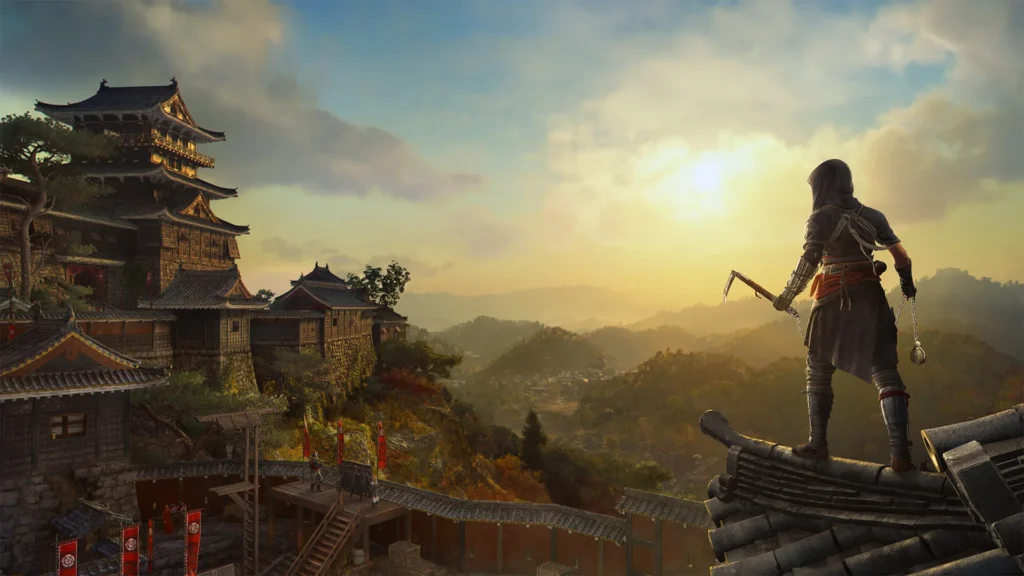
Regarding the story, it’s quite decent. Nothing entirely groundbreaking, but it’s made more interesting by the strong characters, competent writing, and capable voice acting. On the topic of presentation, it’s worth mentioning the special game modes that affect the perception of the story and gameplay.
Before starting Assassin’s Creed Shadows, you can choose several modes:
- Guided Exploration Mode: Shows precise objective markers or only general areas.
- Canon Mode: Practically removes dialogue choices, making the protagonists’ actions strictly adhere to the plot.
- Immersive Mode: Characters speak in their native languages with voice acting by native speakers (Japanese characters speak Japanese, Portuguese characters speak Portuguese, etc.).
While playing, I switched between Immersive Mode and the original English voice acting. I can confidently say that the Japanese and Portuguese voice acting in Immersive Mode is significantly better. Emotions and intonations are conveyed much more convincingly on the characters’ native languages, even if you don’t understand them without subtitles. If you are willing to read subtitles, I highly recommend enabling this mode for maximum immersion in the story and characters of Assassin’s Creed Shadows.
Stunning Vistas
There are plenty of stunning vistas across the game map.
New Features: Seasons and More
If you are familiar with previous RPG titles in the Assassin’s Creed series (Origins, Odyssey, Valhalla), there isn’t much that is fundamentally new in Shadows‘ gameplay. However, some refinements to the formula and a couple of new elements add freshness. One such innovation is the change of seasons.
From time to time, the season changes, which opens up new gameplay opportunities: unique quests appear, or stealth elements are enhanced. For example, blizzards muffle your footsteps in winter, and it’s easier to hide in tall grass during summer. These are interesting and practical additions, but the seasons can change quite quickly. The exact trigger for their change is unclear, but it seems that fast travel accelerates this process.
The Hideout: Base Management
Perhaps the biggest new feature in Assassin’s Creed Shadows is the Hideout. You gain access to it relatively early in the game, and it serves as your base of operations. Your main allies gather here, and you can upgrade weapons and armor. Building new structures unlocks improvements, such as gaining scouts for resource gathering or objective finding.
Working with the Hideout switches the camera to a top-down view, turning the game into a sort of base management simulator. Here you upgrade buildings, construct new facilities, and even house found and petted animals. It’s a very charming and relaxing break from the intense action in the open world. However, it’s worth noting that the frame rate noticeably drops when visiting the Hideout, likely due to the built-in ray tracing.
Overall Impressions and Realistic Expectations
Despite mentioning quite a few critical points, I genuinely enjoyed my time with Assassin’s Creed Shadows. It’s simply important to approach games in this series from a developer like Ubisoft with realistic expectations. Then you won’t be disappointed by what isn’t there and can instead appreciate its strengths.
What Assassin’s Creed Shadows Gets Right
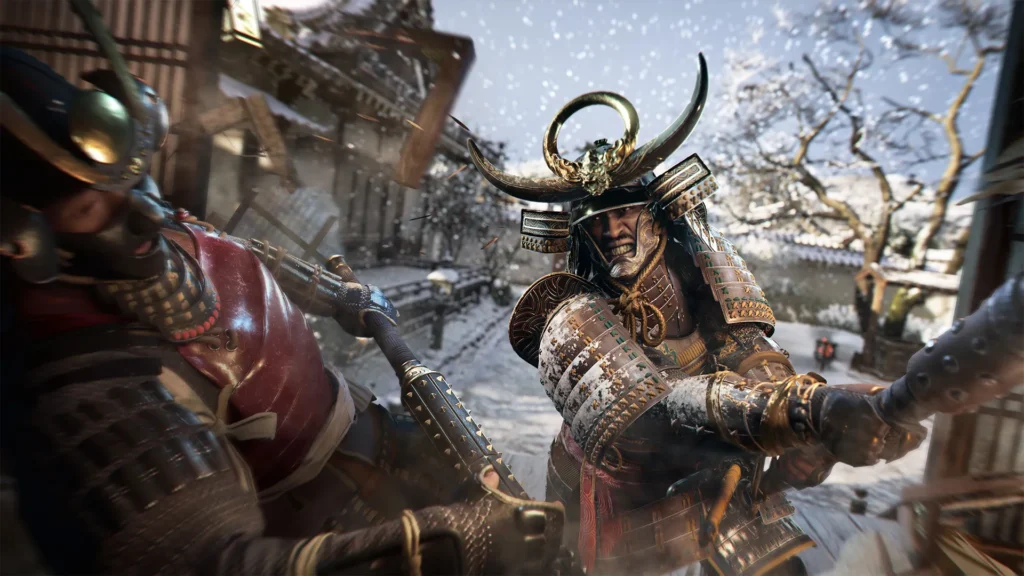
The game is truly excellent in many aspects: stunning graphics with endless photo mode opportunities (even for someone who doesn’t typically use it), consistently engaging parkour, fluid animations (the best since Unity), interesting side quests (especially the Yokai questline – a truly wild ride!), a base that’s fun to explore and develop, some of the best action RPG gameplay and combat in the series, and a multitude of interesting skills and tools to unlock.
The Unique Soundtrack
Special mention must go to the soundtrack, which has a very unconventional sound for a game of this genre, clearly inspired by the music from “Kill Bill.” A combination of piercing guitar riffs with elements of hip-hop creates a unique sonic backdrop that makes Assassin’s Creed Shadows stand out from its contemporaries.
Final Thoughts: A Risky Success
Regardless of your overall opinion of Ubisoft, it’s satisfying to see Assassin’s Creed Shadows achieve critical and commercial success after the wave of criticism and online attacks. Hopefully, the development team at Ubisoft Quebec can be proud of the game they’ve created. Despite my personal quibbles, it proves that taking risks in the game industry often pays off.

